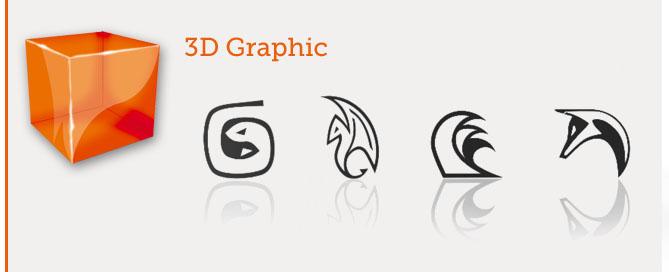Autodesk Mud Box – Retopology
1. Load a very dense Mesh as .fbx or .obj, select it
Mudbox cannot retopologize a mesh with discontiguous areas (islands).
To separate out a mesh island for retopology, choose the Face Select tool and double-click to select the island.
Then use Mesh>Duplicate Selected Faces to copy it to a separate mesh.
NOTICE: Retopology command does not reduce faces, but only
Automatic
2. MAIN TOP MENU> Mesh> Retopology> New Operation
3. In the floating Window:
– Target Base Face Count: for example 3000 faces for a videogame character
– Use Curves to Control Topology Flow: UNCHECK
4. ‘Retopology’
Using Curves
2. BOTTOM LEFT> Curve Tools> Create Curve, create curves
3. MAIN TOP MENU> Mesh> Retopology> New Operation
– Target Base Face Count: for example 3000 faces for a videogame character
– Use Curves to Control Topology Flow: CHECK
4. RMB over a Curve in the Viewport, select Soft Constrain or Hard Constrain
5. ‘Retopology’
Very dense Mesh -> Reduce -> Adjust -> Retopology -> Export
1. Load a very dense Mesh
2. MAIN TOP MENU> Mesh> Reduce Mesh> target Face Count: for example 3000 poly, ‘Create Reduced Mesh’
3. You need to close the holes:
a. BOTTOM LEFT> Select/Move Tools> Faces> select the adiacent faces of the hole
b. MAIN TOP MENU> Mesh> Patch (benda, pezza, tappa il buco)
c. Keep the previous selection> MAIN TOP MENU> Mesh> Tighten selection (modifica le facce nuove per renderle più continue con il resto della superficie)
d. Keep the previous selection> MAIN TOP MENU> Mesh> Fair selection (modifica le facce nuove per renderle più continue con il resto della superficie)
OPTION 1
4. MAIN TOP MENU> Mesh> Retopology> New Operation
5. In the floating Window:
– Target Base Face Count: for example 3000 faces for a videogame character
– Use Curves to Control Topology Flow: UNCHECK
6. ‘Retopology’
OPTION 2
2. BOTTOM LEFT> Curve Tools> Create Curve, create curves
3. MAIN TOP MENU> Mesh> Retopology> New Operation
– Target Base Face Count: for example 3000 faces for a videogame character
– Use Curves to Control Topology Flow: CHECK
4. RMB over a Curve in the Viewport, select Soft Constrain or Hard Constrain
5. ‘Retopology’
Export
1. Press on the keyboard PGDOWN to se the lower level
2. BOTTOM LEFT> Select/Move Tool> Select the Object
3. MAIN TOP MENU> File> Export Selection…> yourobject.obj
4. Inside 3DS Max> MAIN TOP MENU> Import> yourobject.obj, you will see 2 object, the Reduced model and the Retopo model.
Official video: http://www.youtube.com/watch?v=cpVCvgvzR_I



